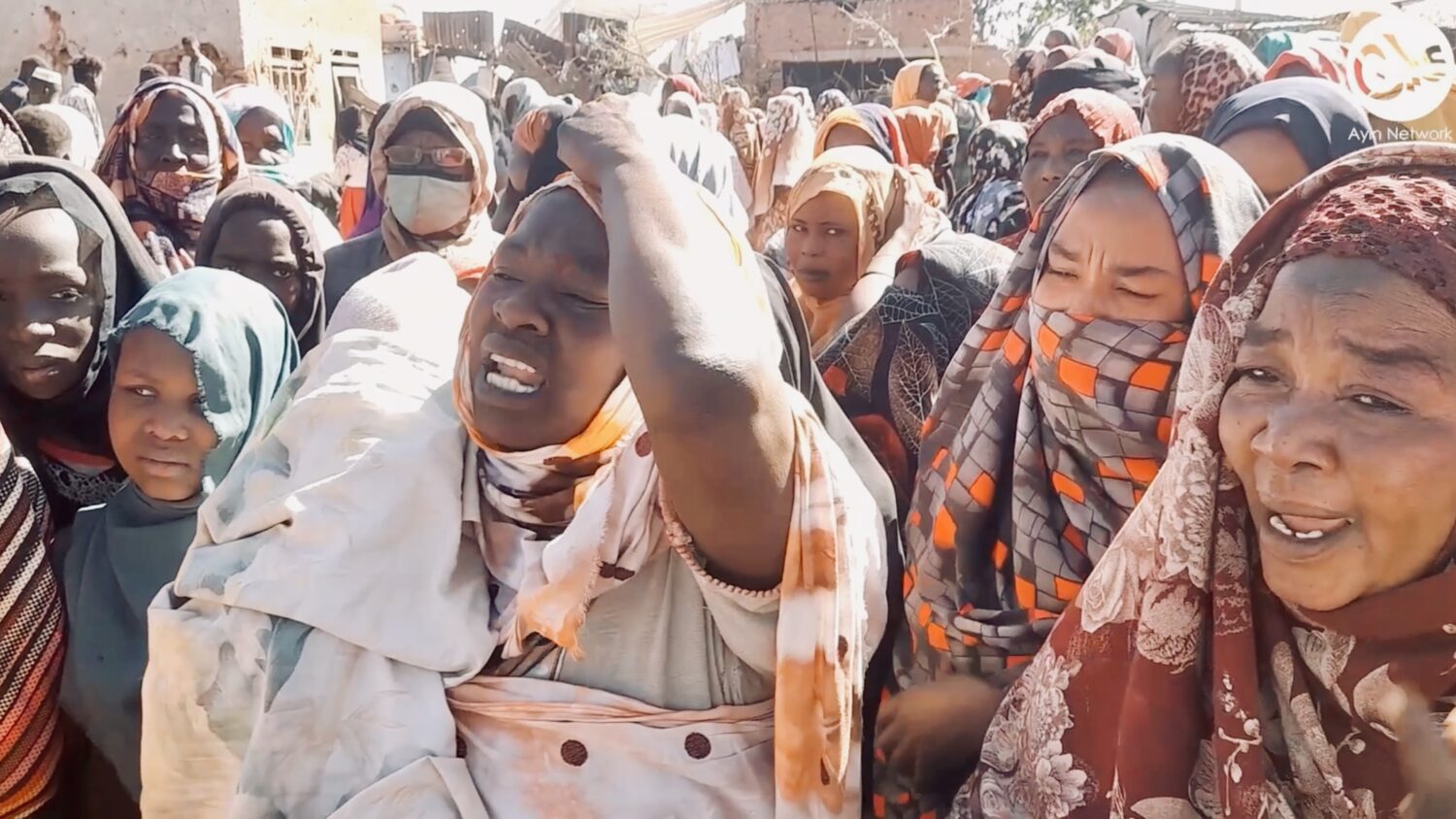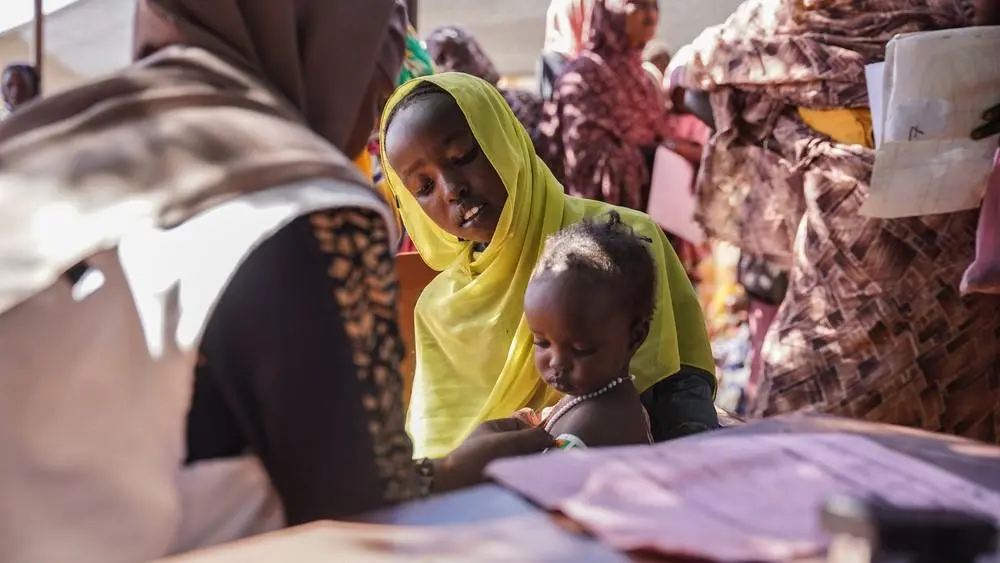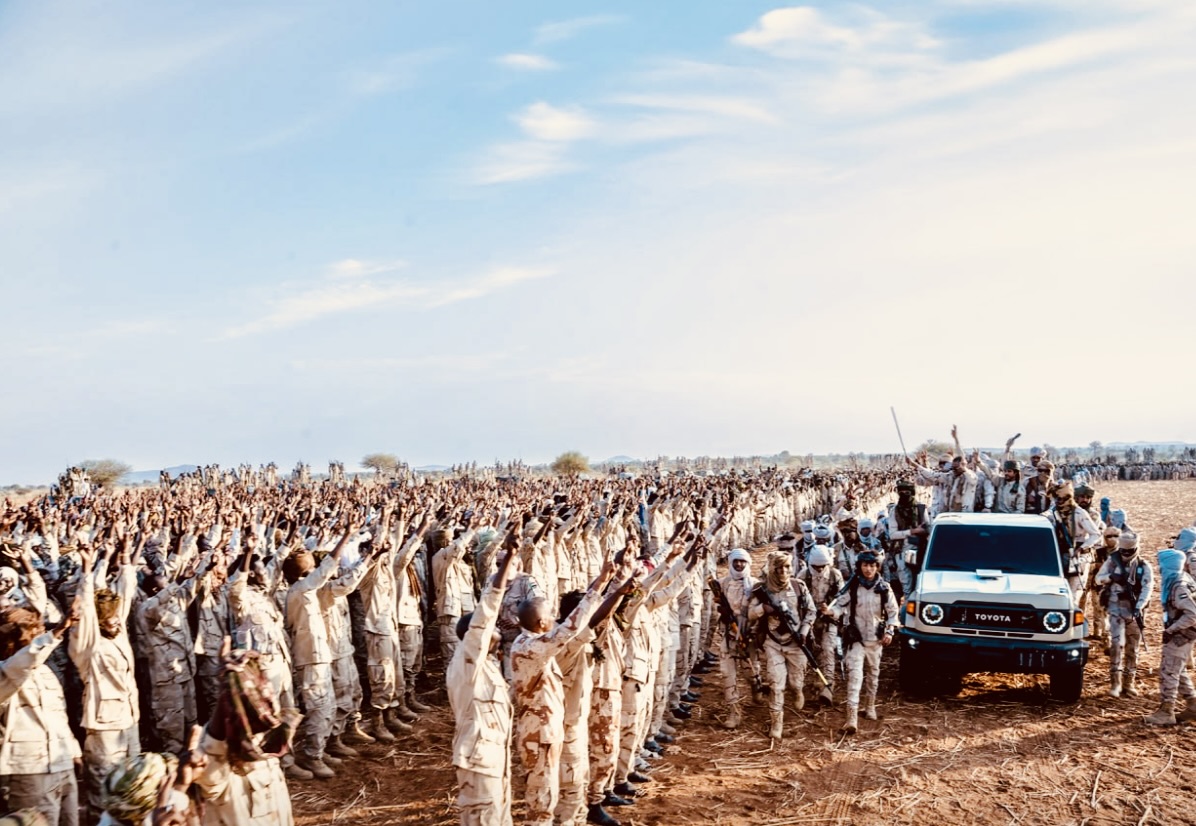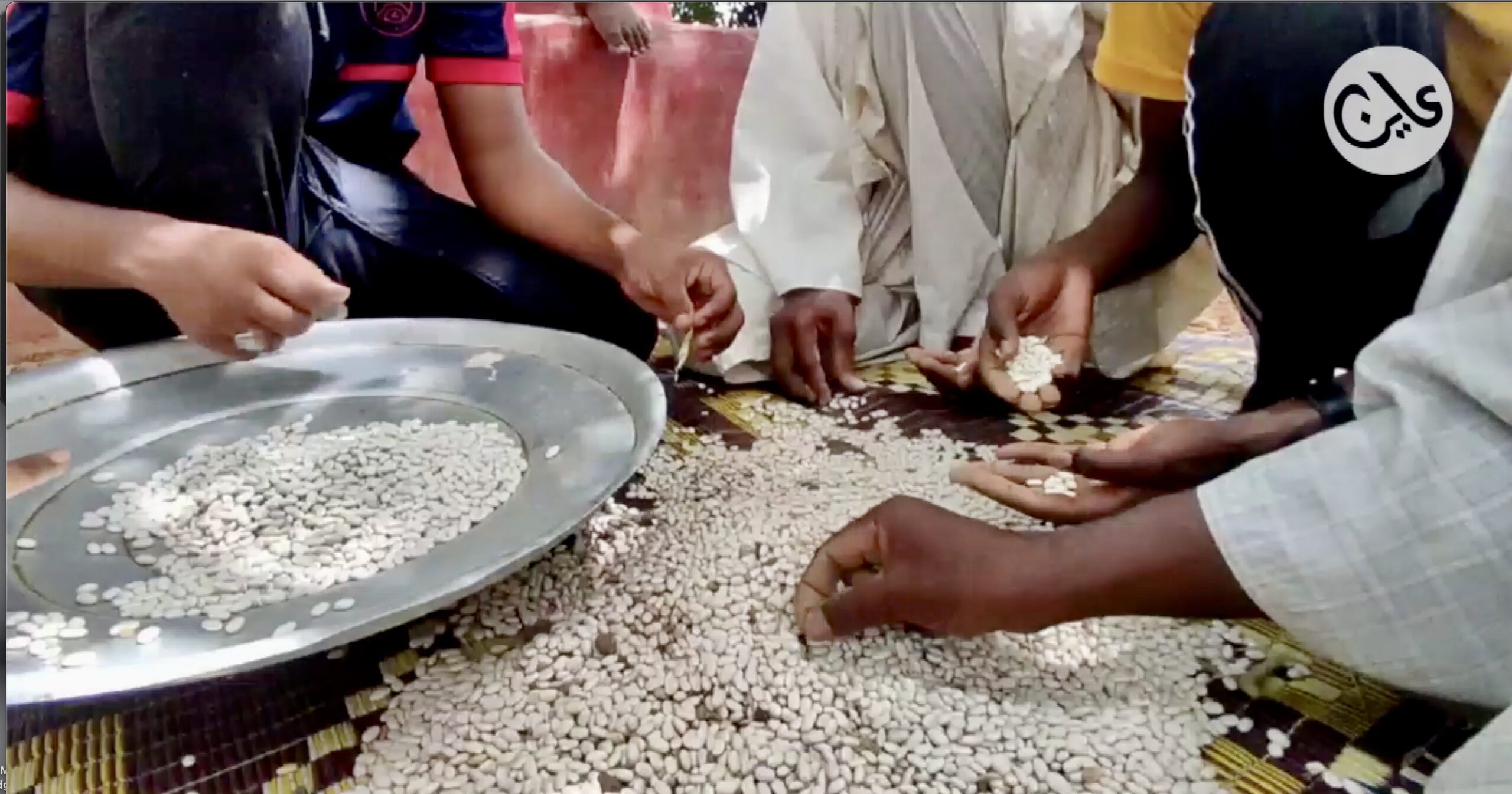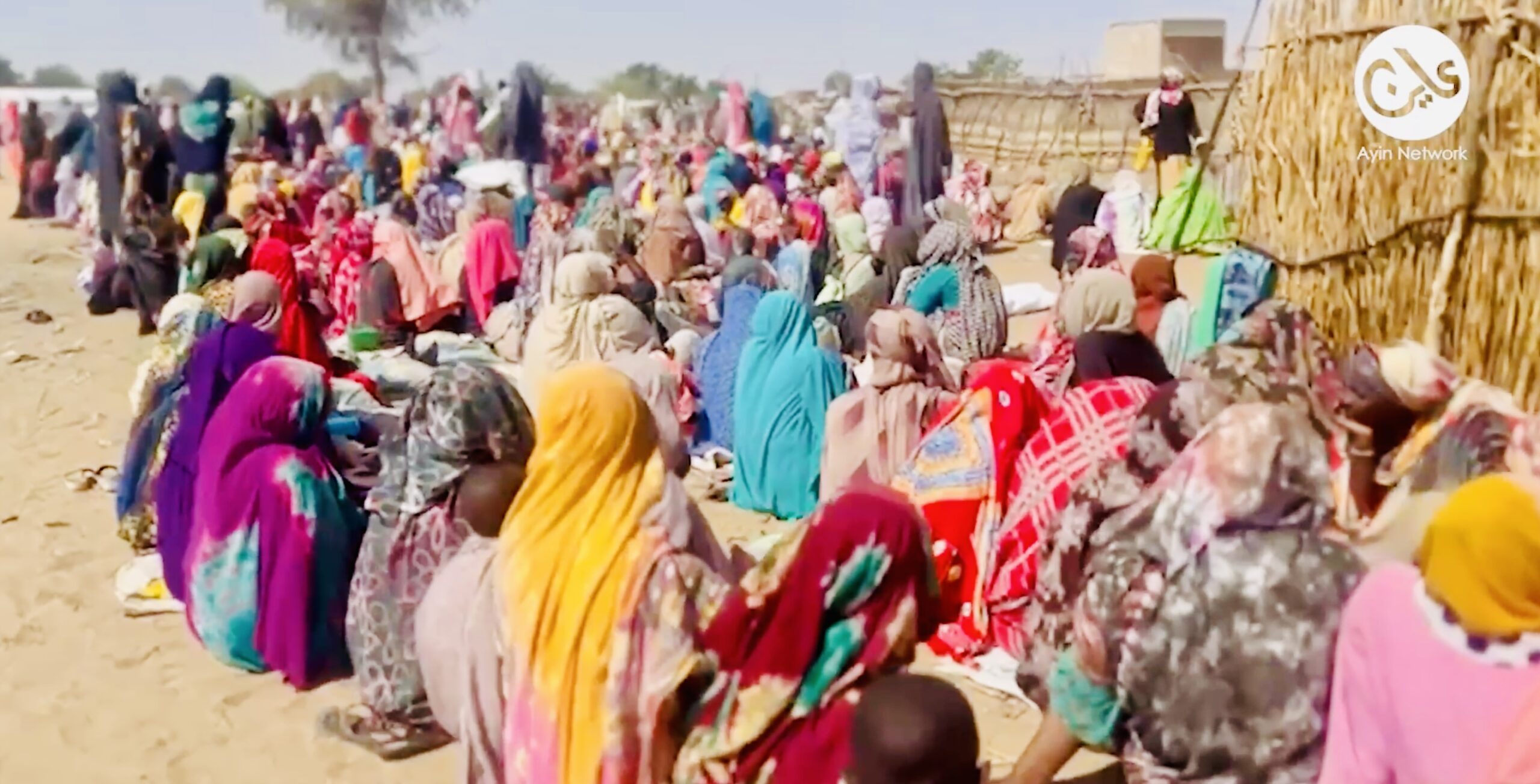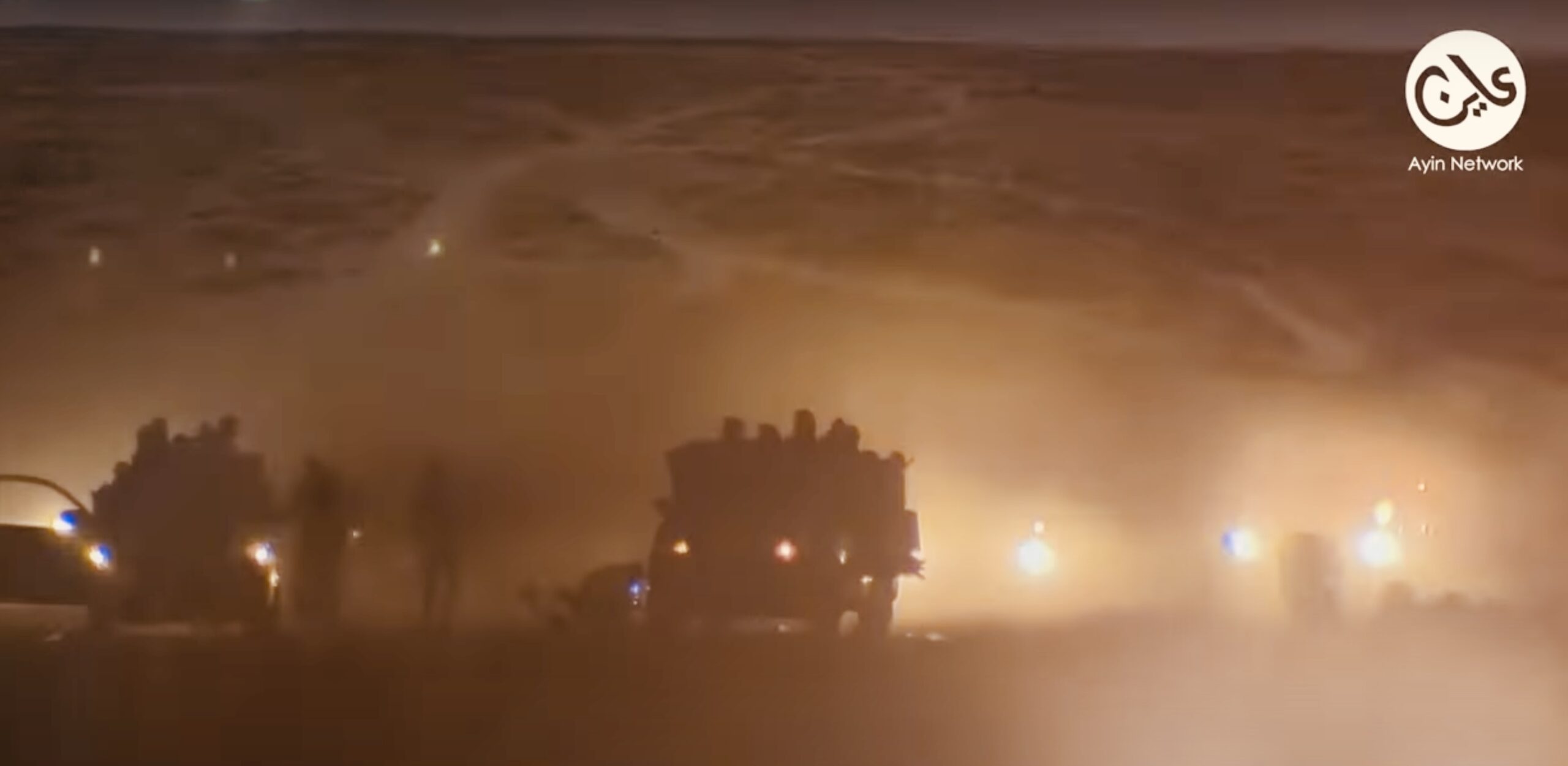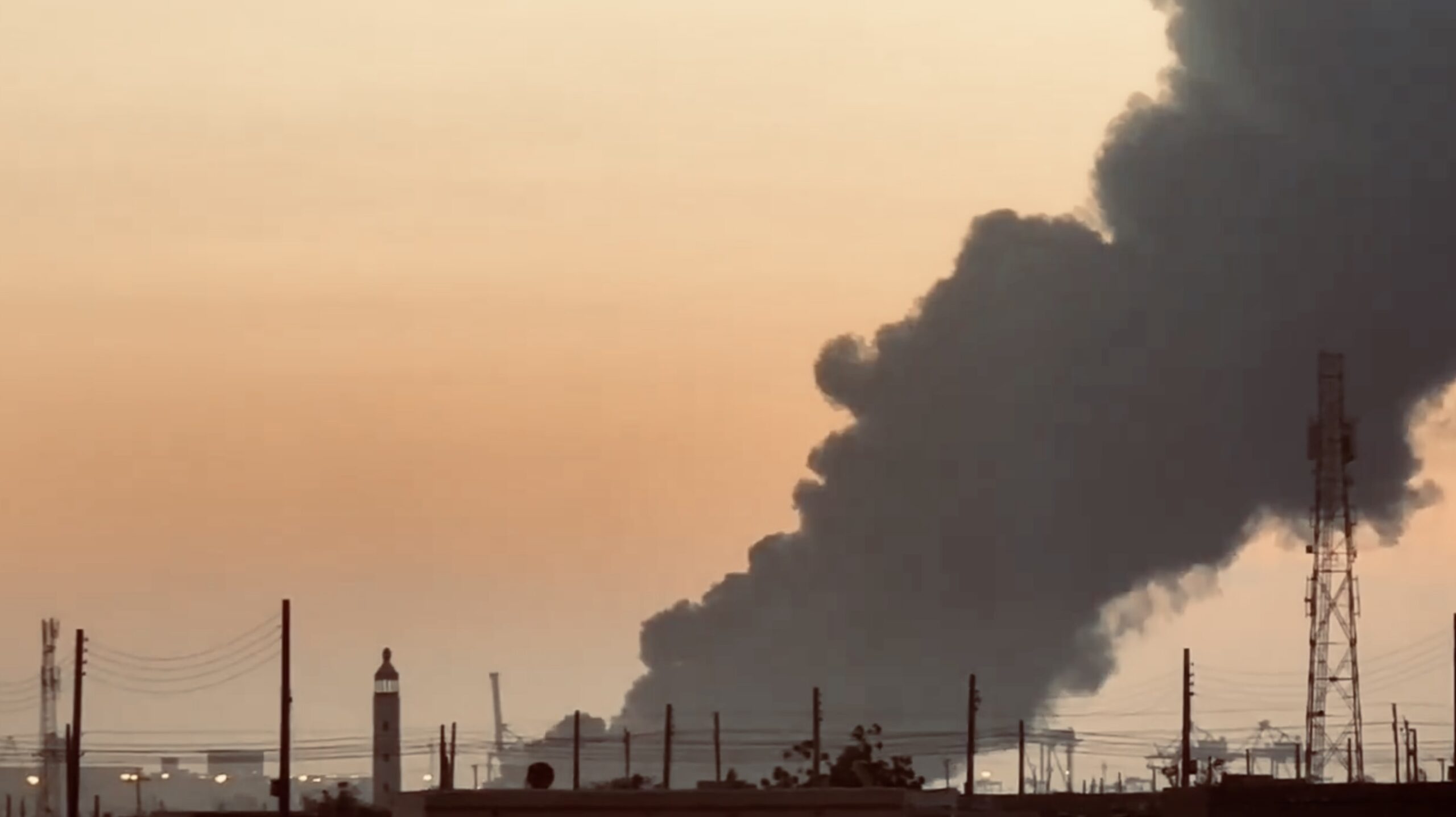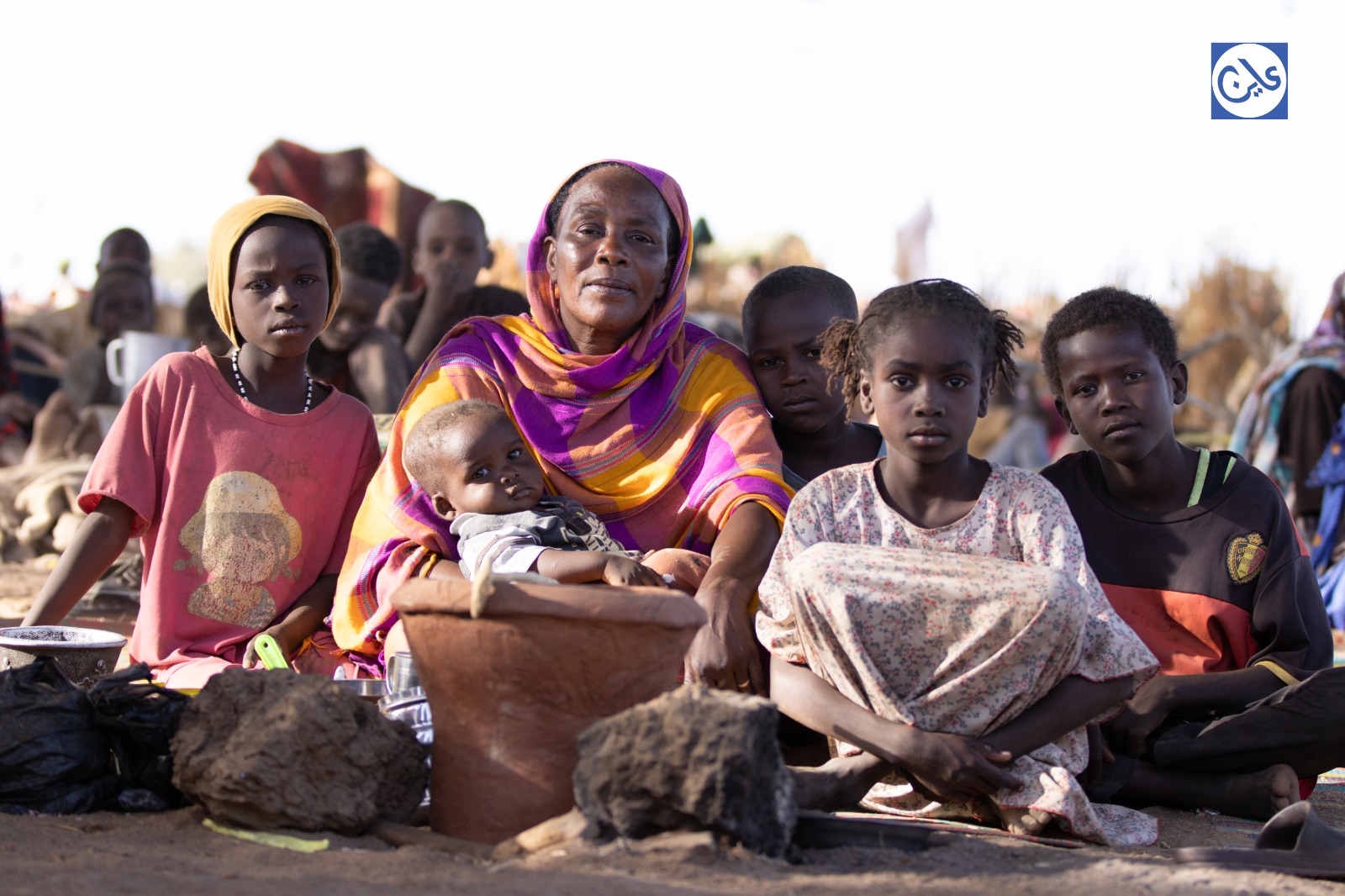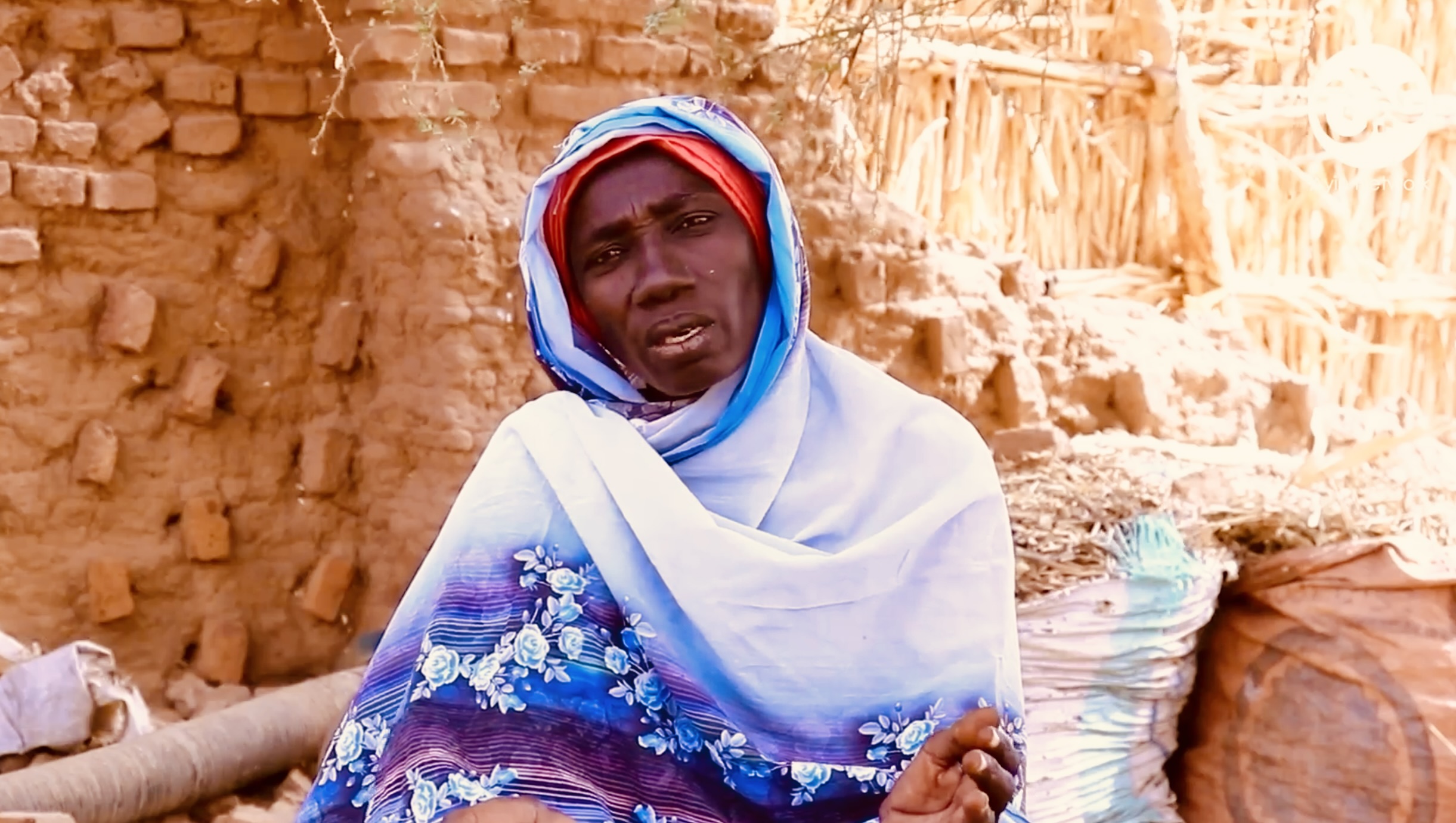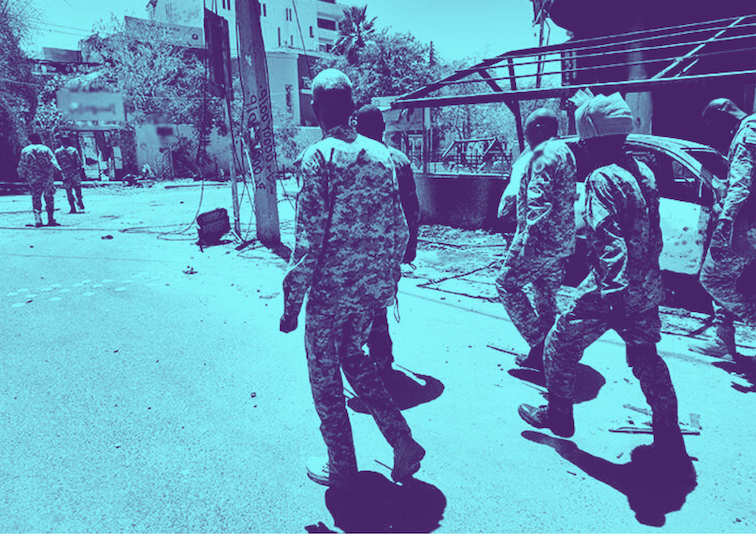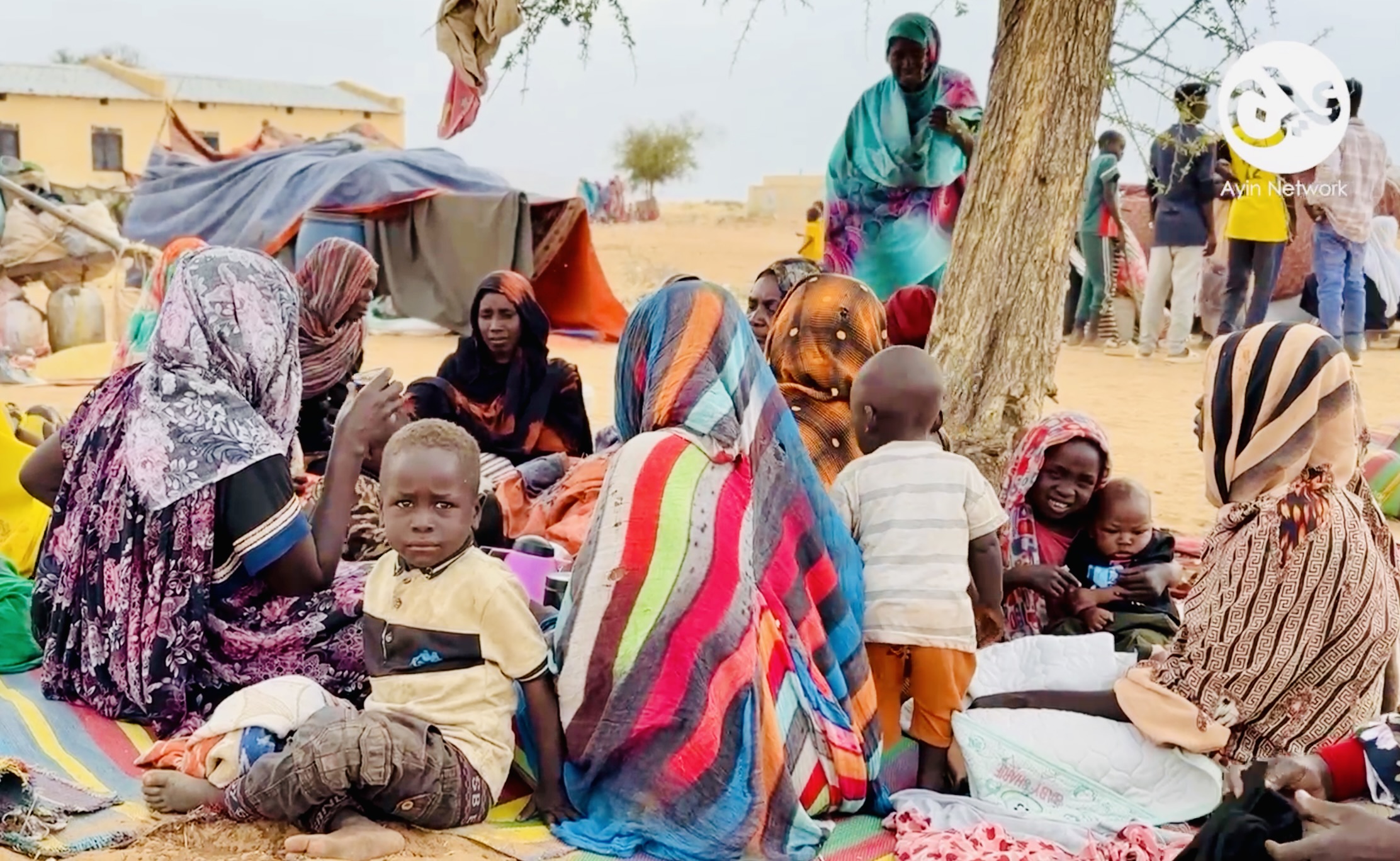Incessant strikes: the plight of civilians trapped in Nyala
12 February 2025
Safaa Hassan, a woman from Nyala, the capital of South Darfur State, has been unable to sleep at night for weeks due to the intense airstrikes by the army. The city has been under the control of the Rapid Support Forces (RSF) for over a year. Since the city acts as a hub for the RSF’s commercial activity and supply route, the army see Nyala as a legitimate military target. But for Safaa Hassan and countless other citizens trapped in the fighting, the incessant bombing raids are simply an attack on humanity.
The Sudan army has intensified airstrikes on Nyala this year, ostensibly targeting the airport and other strategic locations. But often these attacks simply hit civilian targets, local residents told Ayin. “We don’t live in Nyala because we want to,” says Mustafa* a former trader based in Nyala who, once funds are available, plans to relocate to the Central African Republic like thousands of others residents. “We remain here becasuse we do not have any choice.”
On 3 February, airstrikes targeted the civilian Republic Neighbourhood in Nyala, hitting an internet café, a tea stand, a cinema, and some civilian homes, local residents told Ayin. Local volunteers who support the war affected said 25 people were killed and at least 30 were injured.
At least 15 airstrikes took place in January that killed 31 people and wounded 61 others. According to Mohamed Daldoum, a volunteer in the Nyala emergency response rooms (ERR), the airstrikes in 2025 have targeted the neighborhoods of Al Wadi, Al Sekka Hadid, Al Jumhuriya, Taiba, Sham El Nessim, Al Nahda, Al Rahman and Musa, in addition to the airport area, east of the capital.

“Here in Nyala we don’t care about either side, neither the Rapid Support Forces, nor the army, we are innocent civilians, stop killing innocent people,” shouts a grieving woman after an airstrike on Nyala on 22 January. “Who will you rule over Burhan? You’ve left no one alive to govern! You will rule over trees or dust, Burhan? You’ve killed so many of us.We don’t want power or politics, we just want to live.”
Safaa Hassan plans to leave as soon as she is able to do so, since the aerial bombardments will likely continue and most of her family has already left to the Central African Republic. The International Organization for Migration says that the number of Sudanese refugees in the Central African Republic has increased by 82 percent since April 2023 compared to the previous year.

Best escape route
Citizen Mohammed Karshom was able to flee from Al Wadi neighborhood in Nyala city to the Central African Republic recently after he was besieged by aerial bombardment by the Sudanese army. Karshom told Ayin that the road to the Central African Republic has become one of the safest passages in comparison to transit routes to Chad and Libya, which are witnessing military confrontations between the joint force and the Rapid Support Forces.
Ali Abdullah, a Sudanese refugee who recently arrived in the Libyan city of Kufra, reveals that the road from the border triangle to Libya is full of security risks, as armed movements loyal to the army control part of the area and target people coming from states and regions controlled by the Rapid Support Forces.
“On the way, I was detained for weeks with 12 other men in the border triangle area by the Sudan Liberation Army Movement led by Minni Arko Minawi, and they subjected us to torture after accusing me of belonging to the Rapid Support Forces because we were coming from the states of East and South Darfur,” he said. “This road has become dangerous for citizens fleeing the fires of war.”
* Full name withheld to protect his identity




